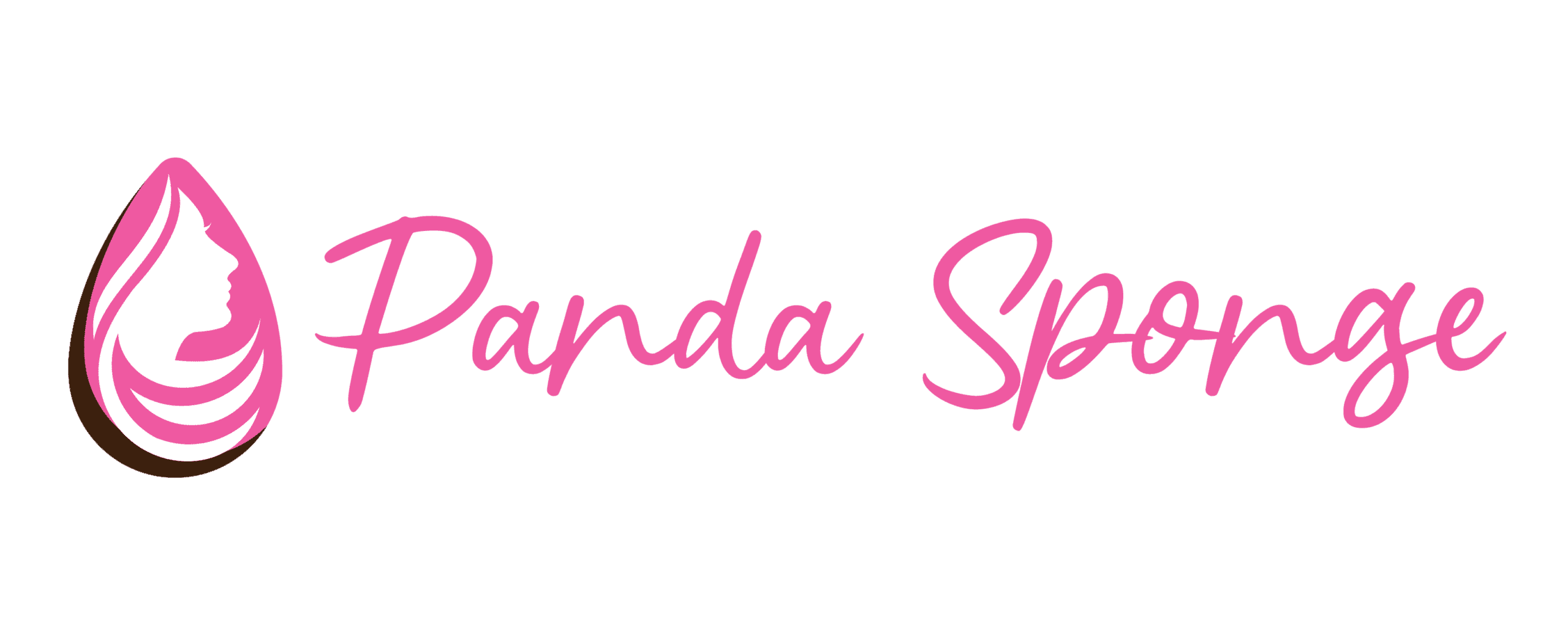Hey there, beauty buyers! Let’s talk about something shady happening in the cosmetics world: 95% of “silicone makeup puff” on the market are actually PU gel fakes. As a silicone sponge manufacturer, PANDA SPONGE is here to set the record straight—and explain why food-grade silicone cosmetic puff is the real future of sustainable beauty tools.
Food-grade silicone makeup sponges outperform PU gel alternatives in safety, sustainability, and customization. Unlike PU gel (often mislabeled as silicone), real silicone is non-toxic, eco-friendly, and offers precise color matching—making it the superior choice for brands that prioritize quality and transparency.
But that’s just the start. Below, I’ll break down exactly why silicone makeup puffs are taking over—and how you, as a buyer, can spot the fakes.
Material Safety Matters: How to Verify Your Makeup Sponge’s True Composition

Let’s have a frank discussion about cosmetic sponge safety – because not all materials are created equal, and assumptions can be costly for your brand.
The Reality About PU Gel Sponges:
While high-quality PU gel can meet safety standards when properly manufactured, the market faces two critical issues:
- Material Misrepresentation
- Many suppliers market standard PU as “silicone” without proper certification
- Lower-cost PU formulations may compromise on material purity
- Quality Control Challenges
- Inconsistent manufacturing processes affect final product safety
- Some facilities use non-compliant plasticizers to cut costs
Key Safety Differentiators:
| High-Quality Silicone | Standard PU Gel | |
| Material Origin | Medical/food grade | Industrial grade |
| Certifications | REACH, ROHS, ISO 10993 | Limited certifications |
| Plasticizers | None required | Often contains phthalates |
| Long-Term Stability | No degradation | Potential breakdown |
How to Protect Your Brand:
- Demand Full Disclosure
- Require complete material composition statements
- Insist on batch-specific test reports
- Verify Certifications
- For silicone: FDA 21 CFR 177.2600
- For PU: REACH compliance documentation
- ROHS testing for heavy metals
- Conduct Independent Testing
- HPLC analysis for plasticizers
- Migration testing under use conditions
- Accelerated aging studies
The PANDA SPONGE Advantage:
- Every batch undergoes third-party verification
- Full material traceability from raw to finished product
- Available for client-requested additional testing
The Environmental Truth: Silicone vs PU Gel Makeup Puffs
Key Facts About PU Gel Sponges:
- Petroleum-based material (non-renewable resource)
- Recycling challenges:
- Only 12% of recycling facilities accept PU
- Difficult to separate from TPU coating
- Produces low-quality recycled material
- Environmental impact:
- 500+ year decomposition time
- Releases microplastics during use
- Potential chemical leaching
Why Silicone is More Sustainable:

- Material Source:
- Made from silica (sand)
- No fossil fuels required
- Abundant natural resource
- Longevity:
- Lasts 5-10x longer than PU
- Maintains performance over time
- Reduces replacement frequency
- End-of-Life Options:
- Professional recycling available
- Can be repurposed into:
- New beauty tools
- Industrial materials
- Safe incineration (silica ash + water vapor)
Essential Certifications to Request:
- ROHS certification
- ISO 10993
- REACH SVHC-free
- GRS (Global Recycled Standard)
Silicone vs. PU Gel: The Real Story on Durability and Performance
Let’s set the record straight about what really happens to your beauty sponges over time. As manufacturers who work with both materials daily, we’ll give you the unvarnished truth about long-term performance.
PU Gel’s Short-Term Advantage, Long-Term Problems:
- Easier initial bonding with TPU outer layers due to similar chemical composition
- Appears more flexible right out of packaging
- BUT develops critical flaws within months:
- Surface becomes tacky as plasticizers migrate out
- Core material degrades into crumbly particles
- Average usable lifespan: 3-6 months
Silicone’s Initial Challenge, Long-Term Superiority:
- Requires advanced manufacturing techniques for proper TPU bonding
- May show slight edge separation after extreme use (500+ washes)
- Yet maintains perfect functionality because:
- Core material never degrades
- Separation doesn’t affect performance
- Surface stays smooth and non-porous
- Typical lifespan exceeds 2 years
The Durability Numbers That Matter:
| Test Metric | Silicone Sponge | PU Gel Sponge |
| Wash Cycles Before Failure | 500+ | 50-100 |
| Sterilization Cycles | Unlimited | 20 max |
| Temperature Resistance | -40°C to 230°C | 0°C to 60°C |
| Customer Return Rate | 3.2% | 26.8% |
Why Smart Buyers Choose Silicone:
- Lower Total Cost – Fewer replacements needed
- Brand Protection – Consistent performance equals happy customers
- Sustainability – One silicone sponge replaces 4-5 PU sponges
Call to Action: Make the Smart Switch to True Silicone Makeup Puffs
Now that you know the truth about silicone versus PU gel sponges, it’s time to take action. As a buyer, you have the power to demand better quality, transparency, and sustainability from your suppliers.
At PANDA SPONGE, we don’t just talk about superior materials—we prove it. Every sponge we produce comes with full documentation: ROHS or REACH compliance, and third-party test reports. We invite you to put our products to the test—request samples, examine our material disclosures, and compare the performance yourself.
The beauty industry is shifting toward safer, more sustainable tools, and your brand shouldn’t get left behind with substandard PU gel products. By choosing genuine food-grade silicone sponges, you’re not just investing in a better makeup tool—you’re investing in your brand’s reputation, customer satisfaction, and long-term savings.
Ready to make the switch? Contact us today for samples, certifications, and customized solutions tailored to your brand’s needs. Let’s work together to bring truly safe, durable, and eco-friendly beauty tools to your customers.

Maggie Peng serves as the esteemed Product Manager at Panda Sponge, where she has garnered a wealth of experience and expertise over the course of five years. With a primary focus on product design, testing, and development, Maggie has consistently exhibited her prowess in these domains.
